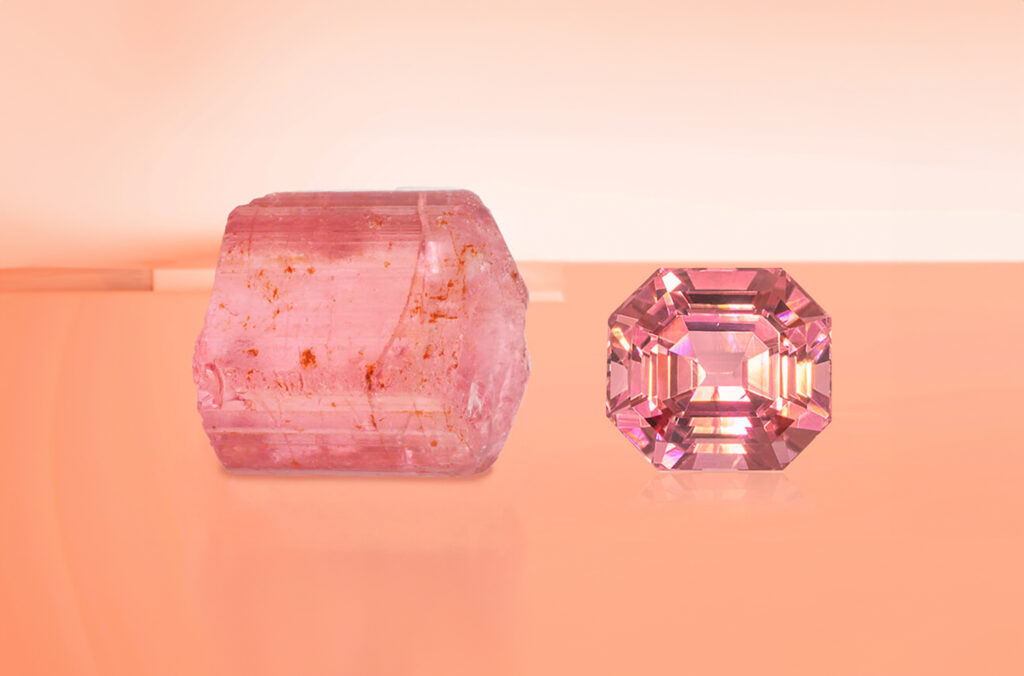Simple answer — not at all!
The number one most important part of a coloured gem is its COLOUR. The velvety blue of a fine Sapphire, or the rich foresty green of an Emerald can make any minor problems like asymmetrical facets or slight inclusions insignificant. Unlike diamonds, whereby cut plays a huge part in their desirability (since Diamonds are all about that dazzle), coloured stones are cut to maximise colour first and foremost. For example, some deeply hued stones are cut more shallow (with a big face) so that more light can enter and the desirable medium tone is produced. Especially with fine colour, high quality gems, proportion variations are common as the gem cutter seeks to bring out the best in a stone.
Each piece of rough has its own unique pattern of colour distribution courtesy of Mother Nature’s ‘sprinkling’ of impurities like Cobalt or Iron. Most of the time, gem cutters would try to produce gems which have an even body colour when facing up, but sometimes when a gem rough has two striking colours, like blue and yellow in a Sapphire, watermelon Tourmaline, or Ametrine, the gem cutter might deliberately fashion the gem to show off its unique beauty.
